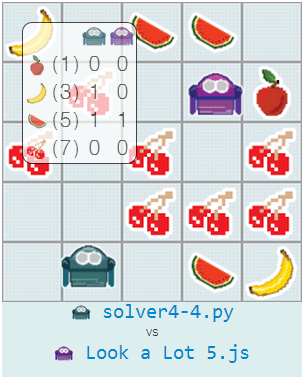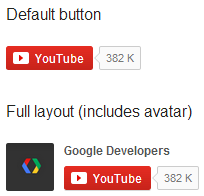Today’s update on the Top 200 WordPress plugin authors chart unfolds a big climber: in the past 7 weeks WooThemes, creator of the impressive WooCommerce eCommerce plugin, gained 4 positions, ending up from 19th to 15th, with over 4 million total downloads.
All the other plugin authors in Top 20 hold their spots, with Automattic on top (and 7th, and several other positions, due to their multiple accounts) with 21 million downloads; Takayuki Miyoshi (Contact Form 7) follows with 20 million, while Michael Torbert (All in One Seo Pack) is third with 18 million total downloads.


